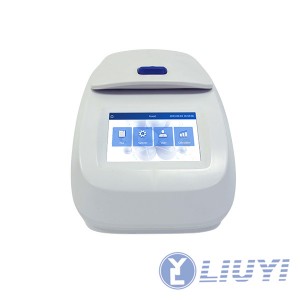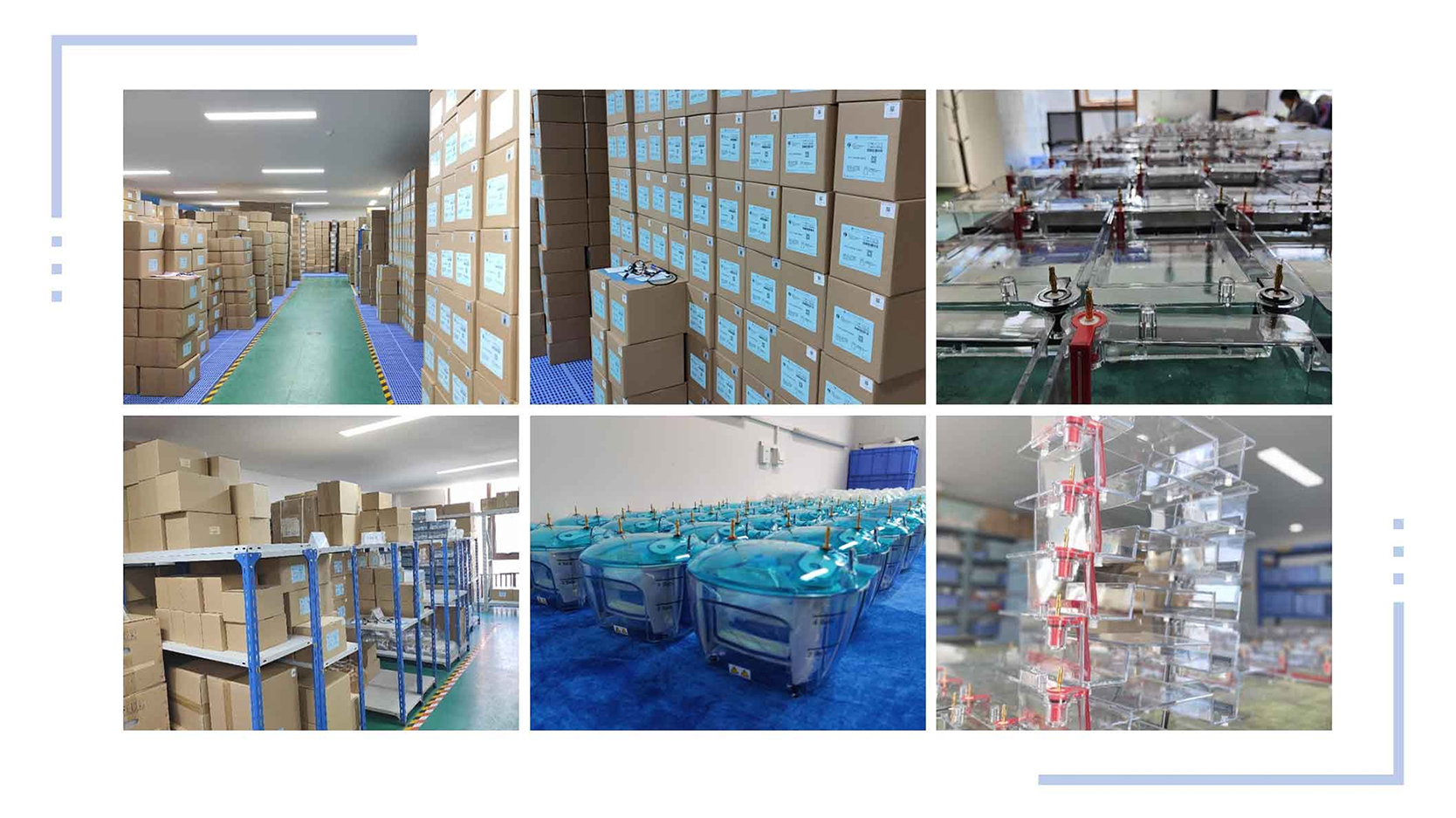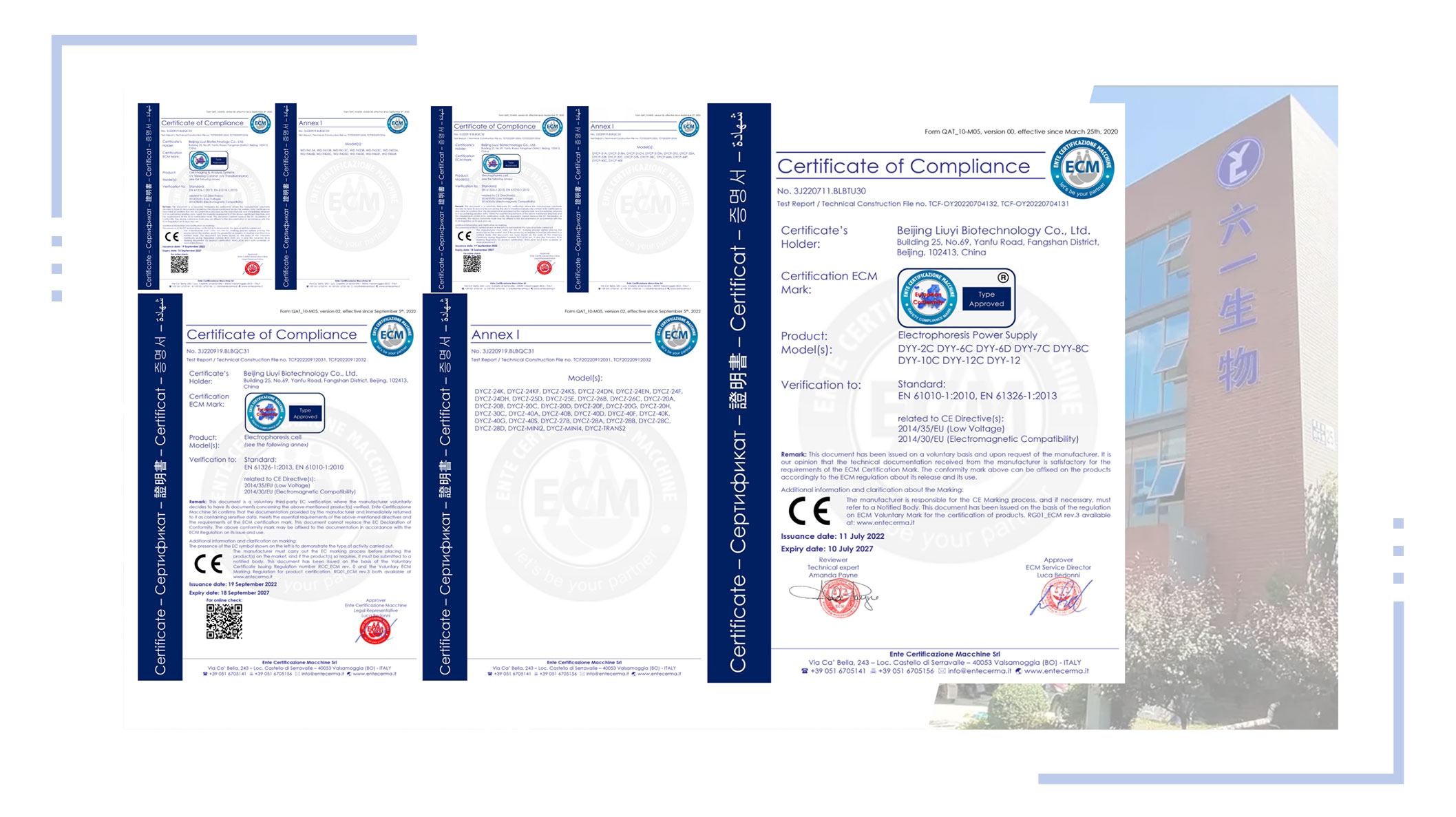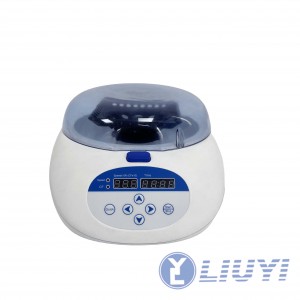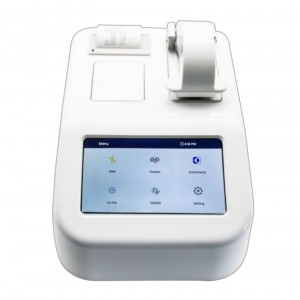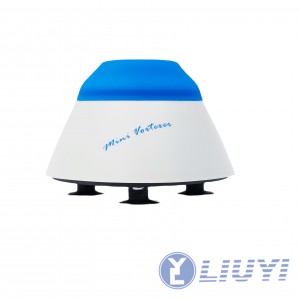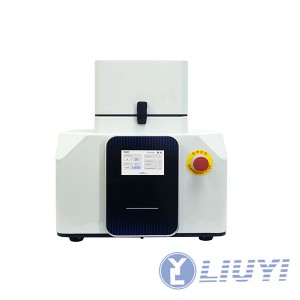PCR Thermal Cycler WD-9402M
Specifications
|
Model |
WD-9402M |
|
Capacity |
96×0.2ml |
|
Tube |
96x0.2ml(PCR plate without/semi skirt), 12x8x0.2ml strips, 8x12x0.2ml strips, 0.2ml tubes (height 20~23mm) |
|
Block Temperature Range |
0-105℃ |
|
Block Temperature Accuracy |
±0.2℃ |
|
Block Temperature Uniformity |
±0.5℃ |
|
Heating Up Rate (average) |
4℃ |
|
Cooling down Rate (average) |
3℃ |
|
Temperature Control |
Block/Tube |
|
Gradient Temp. Range |
30-105℃ |
|
Max.Heating Rate |
5℃/s |
|
Max.Cooling Rate 4.5℃ /S |
4.5℃/s |
|
Gradient Set Span |
Max. 42℃ |
|
Gradient Temperature Accuracy |
±0.3℃ |
|
Temperature display accuracy |
0.1℃ |
|
Heating Lid Temperature range |
30℃ ~110℃ |
|
Automatically Heating Lid |
Shut off automatically when sample lower than 30℃ or program over |
|
Timer Increasing / Decreasing |
-599~599 S for Long PCR |
|
Temperature Increasing / Decreasing |
-9.9~9.9℃ for Touchdown PCR |
|
Timer |
1s~59min59sec/ Infinite |
|
Programs stored |
10000+ |
|
Max.Cycles |
99 |
|
Max.Steps |
30 |
|
Pause Function |
Yes |
|
Touchdown Function |
Yes |
|
Long PCR Function |
Yes |
|
Language |
English |
|
Program Pause Function |
Yes |
|
16℃ Temperature Holding Function |
Infinite |
|
Real-time operation status |
Image-text displayed |
|
Communication |
USB 2.0 |
|
Dimensions |
200mm× 300mm× 170mm (W×D×H) |
|
Weight |
4.5kg |
|
Power Supply |
100-240VAC , 50/60Hz, 600W |
Description
The thermal cycler operates by repeatedly heating and cooling the reaction mixture containing the DNA or RNA template, primers, and nucleotides. The temperature cycling is controlled precisely to achieve the necessary denaturation, annealing, and extension steps of the PCR process.
Typically, a thermal cycler has a block containing multiple wells or tubes where the reaction mixture is placed, and the temperature in each well is controlled independently. The block is heated and cooled using a Peltier element or other heating and cooling system.
Most thermal cyclers have a user-friendly interface that allows the user to program and adjust the cycling parameters, such as the annealing temperature, extension time, and number of cycles. They may also have a display to monitor the progress of the reaction, and some models may offer advanced features such as gradient temperature control, multiple block configurations, and remote monitoring and control.
Application
Polymerase Chain Reaction (PCR) is a molecular biology technique widely used for various applications. Some common applications of PCR include:
DNA Amplification: The primary purpose of PCR is to amplify specific DNA sequences. This is valuable for obtaining sufficient amounts of DNA for further analyses or experiments.
Genetic Testing: PCR is extensively used in genetic testing to identify specific genetic markers or mutations associated with diseases. It is crucial for diagnostic purposes and studying genetic predispositions.
DNA Cloning: PCR is employed to generate large amounts of a specific DNA fragment, which can then be cloned into a vector for further manipulation or analysis.
Forensic DNA Analysis: PCR is crucial in forensic science for amplifying minute DNA samples obtained from crime scenes. It helps in identifying individuals and establishing genetic relationships.
Microbial Detection: PCR is used for the detection of microbial pathogens in clinical samples or environmental samples. It allows for rapid identification of infectious agents.
Quantitative PCR (qPCR or Real-Time PCR): qPCR enables the quantification of DNA during the amplification process. It is used for measuring gene expression levels, detecting viral loads, and quantifying the amount of specific DNA sequences.
Molecular Evolution Studies: PCR is utilized in studies examining genetic variations within populations, evolutionary relationships, and phylogenetic analyses.
Environmental DNA (eDNA) Analysis: PCR is employed to detect the presence of specific organisms in environmental samples, contributing to biodiversity and ecological studies.
Genetic Engineering: PCR is a crucial tool in genetic engineering to introduce specific DNA sequences into organisms. It is used in the creation of genetically modified organisms (GMOs).
Sequencing Library Preparation: PCR is involved in the preparation of DNA libraries for next-generation sequencing technologies. It helps amplify DNA fragments for downstream sequencing applications.
Site-Directed Mutagenesis: PCR is utilized for introducing specific mutations into DNA sequences, allowing researchers to study the effects of particular genetic changes.
DNA Fingerprinting: PCR is used in DNA fingerprinting techniques for individual identification, paternity testing, and establishing biological relationships.
Feature
•Elegant appearance, compact size, and tight structure.
•Equipped with a high-performance, quiet axial-flow fan for a quieter operational process.
•Features a wide gradient function of 30℃, allowing optimization of experimental conditions to meet rigorous experimental requirements.
•5-inch high-definition color touchscreen for intuitive and easy operation, enabling effortless editing, saving, and running of programs.
•Industrial-grade operating system, facilitating continuous and error-free operation 7x24.
•Rapid data transfer to USB flash drive for easy program backup, enhancing data storage capacity.
•Advanced semiconductor cooling technology and unique PID temperature control technology elevate overall performance to new heights: high temperature control accuracy, fast heating and cooling rates, and uniformly distributed module temperatures.
FAQ
Q: What is a thermal cycler?
A: A thermal cycler is a laboratory device used to amplify DNA or RNA sequences through the polymerase chain reaction (PCR). It works by cycling through a series of temperature changes, allowing specific DNA sequences to be amplified.
Q: What are the main components of a thermal cycler?
A: The main components of a thermal cycler include a heating block, thermoelectric cooler, temperature sensors, a microprocessor, and a control panel.
Q: How does a thermal cycler work?
A: A thermal cycler works by heating and cooling DNA samples in a series of temperature cycles. The cycling process involves denaturation, annealing, and extension stages, each with a specific temperature and duration. These cycles allow specific DNA sequences to be amplified through the polymerase chain reaction (PCR).
Q: What are the important features to consider when choosing a thermal cycler?
A: Some important features to consider when choosing a thermal cycler include the number of wells or reaction tubes, the temperature range and ramp speed, the accuracy and uniformity of temperature control, and the user interface and software capabilities.
Q: How do you maintain a thermal cycler?
A: To maintain a thermal cycler, it is important to regularly clean the heating block and reaction tubes, check for wear and tear on components, and calibrate the temperature sensors to ensure accurate and consistent temperature control. It is also important to follow the manufacturer's instructions for routine maintenance and repair.
Q: What are some common troubleshooting steps for a thermal cycler?
A: Some common troubleshooting steps for a thermal cycler include checking for loose or damaged components, verifying proper temperature and time settings, and testing the reaction tubes or plates for contamination or damage. It is also important to refer to the manufacturer's instructions for specific troubleshooting steps and solutions.










